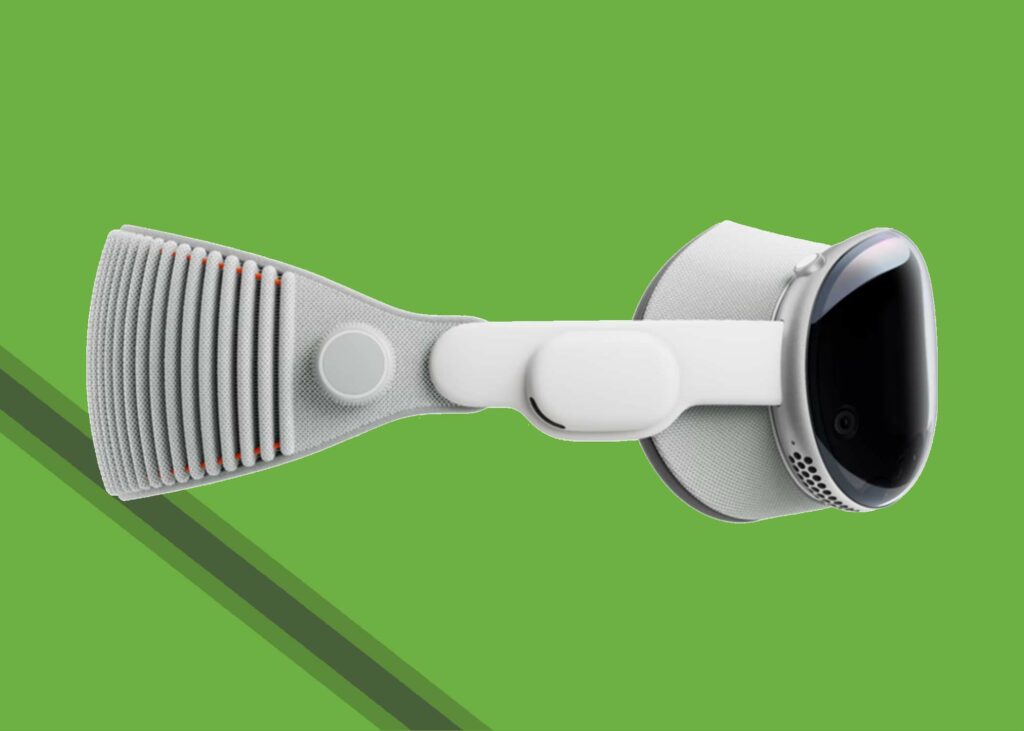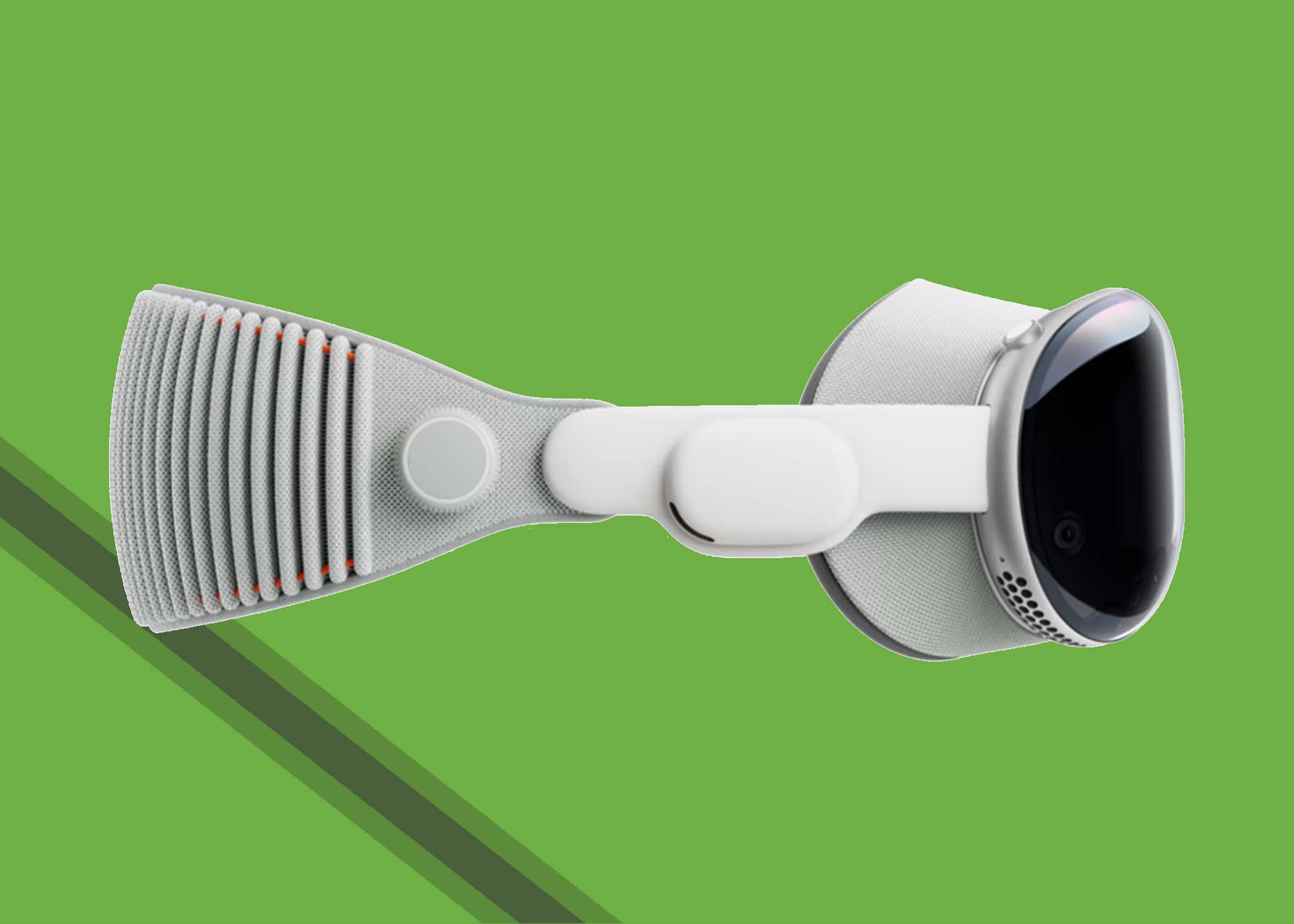Upon the initial announcement of the Apple Vision Pro, promises abounded that it would seamlessly support over a million apps right out of the box. However, recent developments suggest a departure from this commitment. Apple’s approach may have inadvertently strained its relationship with app developers, potentially diminishing their enthusiasm to craft tailor-made applications for the headset. Instead, we anticipate a rush of hastily adapted iPad apps finding their way onto the Vision Pro.
Major streaming platforms such as Netflix, YouTube, and Spotify have conspicuously distanced themselves from Vision Pro, citing a lack of confidence in the new platform. Spotify, in particular, vocalizes its displeasure with Apple’s exorbitant 27% commission, characterizing it as “outrageous.” The music streaming giant even accuses Apple of going to extremes to safeguard its profits, a sentiment echoed by various media outlets. With such dissonance prevailing just before the official launch, skepticism about the headset’s success is unsurprising.
This apprehension is likely shared by many app developers. Spotify’s frustrations with Apple’s stringent App Store policies and fees resonate with others who may hesitate to invest time and resources in the Vision Pro. The pivotal factor for the headset’s viability is the availability of apps that justify its hefty price tag. The question lingers: Why invest $3,500 in a device that lacks the specific app you desire?
| Streaming Platforms | Concerns |
|---|---|
| Netflix | Lack of confidence |
| YouTube | Apprehensions |
| Spotify | Displeasure with fees |

Devs’ Dilemma
Amidst growing worries about the Vision Pro, developers without an Apple-provided ‘developer kit’ face the hefty expense of buying the headset for app testing. Why not opt for a swift port of their existing iPad apps to the visionOS App Store?
According to Bloomberg’s Mark Gurman, Apple’s initial inventory for the launch, around 80,000 units, quickly sold out during pre-orders. However, for developers without a kit, the high cost of entry coupled with a modest user base raises questions.
While 80,000 units may seem substantial, investing time and money in a potential user base of that size may not be worth it. Apple’s sales of 20 million iPhone 15 models since September 2023 overshadow the projected 300,000 to 400,000 Vision Pro units for 2024.
Apple‘s seeming neglect of developers and streaming services in the Vision Pro rollout disappoints many. The lead-up to the launch day is marred by confusing and unfortunate news, eroding confidence in the headset. If the promised ‘million apps’ turn out to be primarily hasty iPad ports, disappointment awaits.
Perhaps the Vision Pro needs to stumble before finding its footing. Only if it lives up to the hype and becomes a bestseller might developers commit to crafting dedicated VisionOS apps. Until sales figures materialize, early adopters may need to temper their expectations.
| Issue | Impact |
|---|---|
| Lack of Developer Kits | High entry cost for testing |
| Initial Inventory (80,000 units) | Swift sellout, but challenges for developers |
| Sales Projections (300,000-400,000 units) | Modest outlook for 2024 |
| Developer Confidence | Eroded by confusing and unfortunate news |

